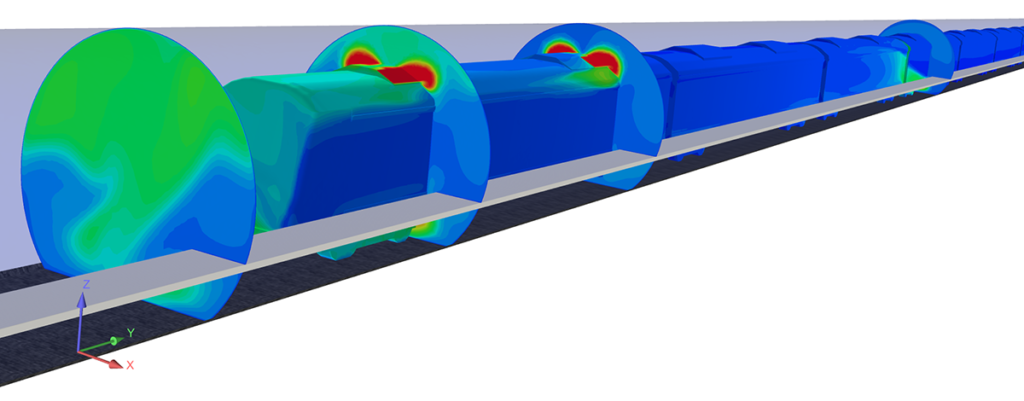Tunnels have been a feature of road and rail infrastructure for over 200 years around the globe. Engineers who are working on these tunnel infrastructure projects, has to keep in mind on of important design factors i.e. to prioritise the safety and comfort of passengers and motorists. Tunnels are enclosed which means that adequate fresh air ventilation must be available for maintaining acceptable air quality and temperature, both under normal operation and during events, such as service works or accidents.
As a tunnel sizes increases in length, the requirement for forced ventilation into the tunnel which is often done using devices such as jet fans increases. The selection, number and placement of ventilation equipment depends on various factors such as tunnel geometry, sources of emissions, temperature, humidity etc. Firms should also keep their Project cost as economically viable, which requires engineers to optimise the balance between upfront costs of equipment and installation whilst also making sure adequate ventilation in all scenarios.
CFD simulations is a vital tool in the design phase for predicting ventilation effectiveness inside road/railway tunnels. CFD analysis can help to simulate various design configurations and situations thereby verifying the performance of the installed systems virtually, CFD allows firms to cut significant costs on testing and faster project delivery.
At Graphler Technology Solutions, we provide the best CFD analysis services and we have helped our clients to solve ventilation problems across a wide array of infrastructure projects, using CFD modelling to rapidly provide firms with accurate simulation results for various design scenarios.


